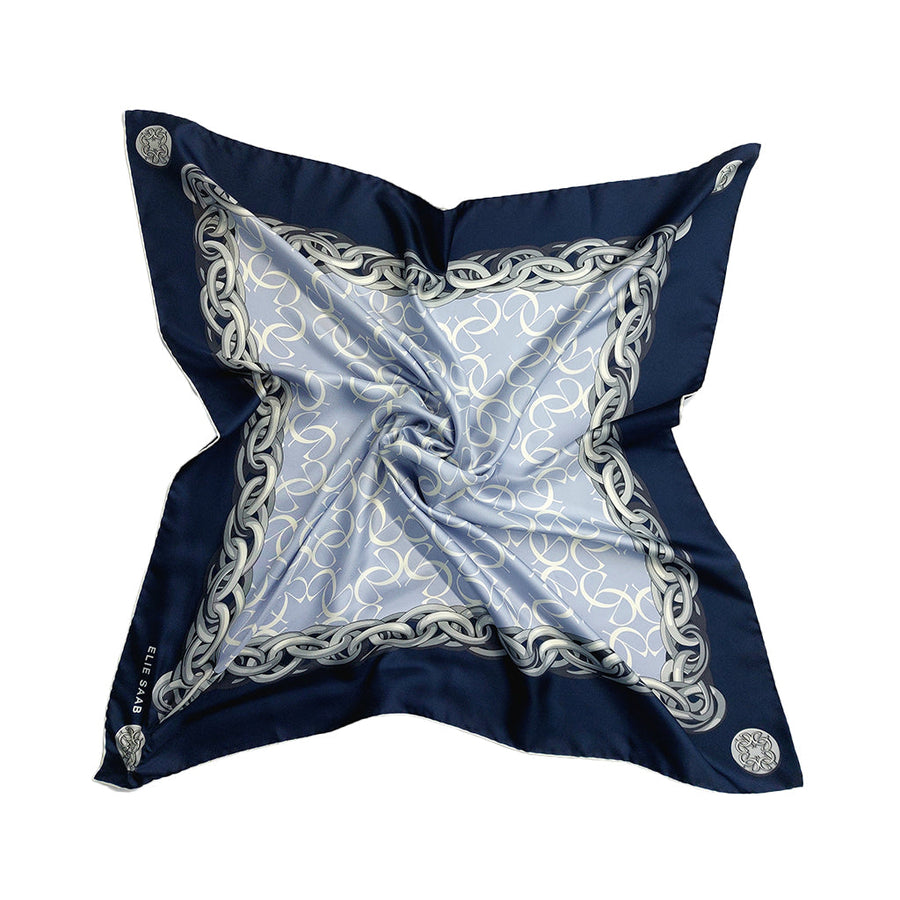Is it time to say farewell to the bra?
The world is gradually emerging from quarantine, but we had enough time to go over many of the rituals that were once commonplace in our daily lives. When it comes to the fundamentals of our clothing, the question is, "Did we just wear a bra out of habit?" And if that's the case, perhaps now is the time to call it quits for good? We didn't have to dress for anyone other than ourselves when we were alone. This begs the question, did we wear bras simply to conform to an outmoded social norm? Fashion history could provide an answer.
An overview of the bra's history
Although the bra was invented in the early 1900s, fashion has long positioned lingerie as a body sculpting tool. Bras first appeared in America around 1904, when DeBevoise launched an advertising campaign and coined the term "bra" to describe their latest design for bust support.
The rationale for wearing a bra has remained largely unchanged since then.
Today's "bust advocates," including the Kim Kardashian brand of Skims, are determined to provide support and elegance in the same way that their forefathers did. However, when it comes to the medical benefits of a bra, numerous studies have shown that this is not the case.
One such study, conducted in 2013 by a professor of sports medicine at the University of Franche-Comté (widely cited in the modern YouTube movement "Why I Don't Wear a Bra"), found that the absence of a bra supported the shape of the breasts, whereas the presence of a bra made the breasts saggy.Other research has found that not wearing a bra reduces pain and discomfort, particularly in women with larger breasts. It turns out that we wear bras for purely aesthetic and emotional reasons, rather than for scientifically proven benefits.

The bra and the women's rights movement in the 1960s
The fact that society expects women to wear bras is precisely why it became so closely associated with the women's rights movement and emancipation in the 1960s: women all over the world began to decide for themselves how to manage their bodies.
In the fashion world, in response to the sexual revolution, Austrian-American designer Rudi Gernreich created the No Bra bra in 1964, conveying erotic effects by design as well as an intention to free women. The no bra movement of the 1960s launched a massive protest against the 1968 Miss America pageant, led by the New York-based civil rights group for radical women.
The Freedom Trash Can will be created to incinerate items that represent artificial feminine ideas such as bras, corsets, curlers, false eyelashes, wigs, and Cosmopolitan, Ladies' Home Journal, and Family Circle, according to a pre-event press release.It was at a time when young American men were protesting the Vietnam War by burning their military subpoenas, and the two were inextricably linked. While Freedom's Trash Can was not set on fire on the day of the protest, the visual representation of women burning their bras lasted for quite some time.
The 1968 protest was remembered as one of the pivotal events of the feminist movement's second wave, and by the following year, the bra had become firmly entrenched in the popular mind as a symbol of the struggle for women's liberation.A group of women protested the bra in San Francisco, but Germaine Greer wrote in her original text, The Female Eunuch, in 1970 that asking women to be brave was a problem in and of itself. “Bras are a ridiculous invention [...], but fighting to make them the norm is simply subjecting yourself to another repression,” Greer said, laying the groundwork for modern feminist thinking that a woman's body is her choice.
Fashion icons who did not wear bras.
Women who choose not to wear bras or who wear them with confidence have been living examples of Greer's ideas throughout history. Jane Birkin wore a black see-through mini dress to the 1969 premiere of Slogan, which she admitted to Vogue Paris last year: "I didn't realize it was so transparent." This is the result of the flash on the camera. "If I had known, I would not have worn pantyhose!”
Cybill Shepard wore a Diane von Furstenberg wrap dress without a bra in Martin Scorsese's Taxi Driver and later stopped wearing it in public. Patti Smith, photographed bare-chested by Lynn Goldsmith in 1976, wore a leather jacket with nothing underneath, maximizing the androgynous coolness that inspired many along the way.
Later there was Gloria Steinem, one of the leaders of the feminist movement of the 1970s, who appeared at her 50th birthday celebrations in 1984 with a topless wrapped in silk, and Kate Moss at the 1993 Elite Models party in a sheer lingerie-style dress. And when a reporter asked Rihanna about her choice not to wear a bra underneath Adam Selman's dress at the 2014 CFDA Fashion Awards, she said, “Are you getting in the way of my boobs? They are covered in Swarovski crystals, girl! “
The 2020 quarantine not only gave women the option of whether or not to wear bras, but it also reminded us of the joy of not wearing bras. In a 2017 article for The New Yorker, Hillary Brenhouse wrote, "I love the way my breasts hit my ribcage as I walk down the stairs [...] I like to carry her weight as well as mine.I'd like to transport the rest of my body [...] They wiggle, bounce, and collect sweat puddles that flow to my navel. "There is always a part of me that dances when I move around the world, sometimes with the smallest gestures."


